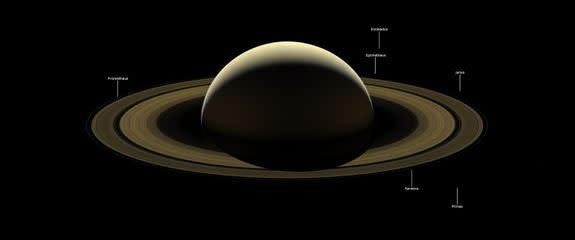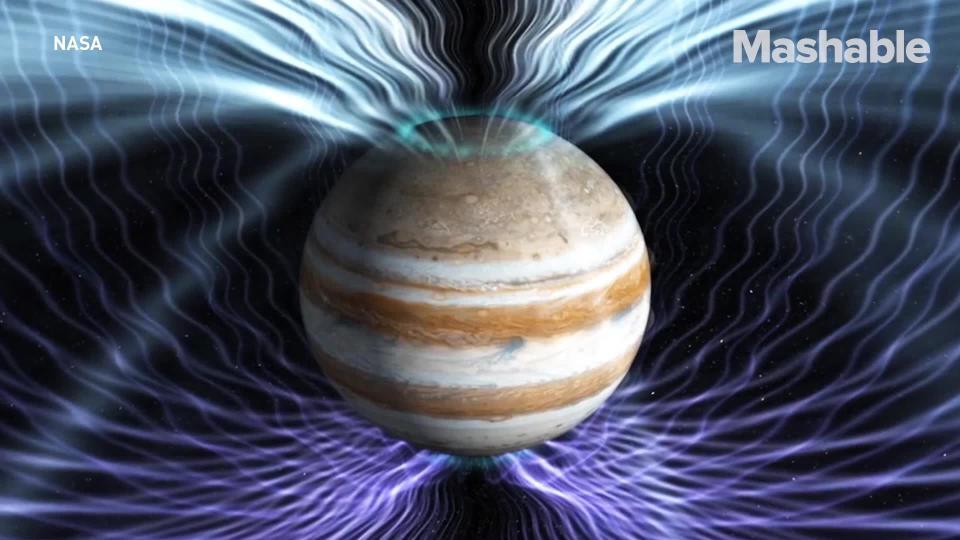NASA says goodbye to Saturn with dramatic new photo

NASA is saying goodbye to Saturn with a newly-processed photo of the ringed planet taken during the last day of the Cassini mission.
The photo shows Saturn in all its sunlit glory, glowing gold against the blackness of space.
Cassini snapped the series of images that were stitched together to create this photo on September 13 before making its plunge into Saturn's atmosphere on September 15, destroying the spacecraft in the process.
SEE ALSO: Saturn's strange hexagon stands out in new photo of the ringed planet
The space probe had been exploring Saturn and its many moons since 2004, and we have no other spacecraft dedicated to studying the huge world today.
"It was all too easy to get used to receiving new images from the Saturn system on a daily basis, seeing new sights, watching things change," Elizabeth Turtle, Cassini scientist, said in a statement. "It was hard to say goodbye, but how lucky we were to be able to see it all through Cassini's eyes."
The new photo shows Saturn in natural color, according to NASA, and the image has some surprises if you know where to look.

Image: NASA/JPL-Caltech/Space Science Institute
An annotated version of the photo shows the moons Prometheus, Pandora, Epimetheus, Janus, Enceladus, and Mimas.
It's only fitting that Cassini's final goodbye would include some of the moons it studied from close range for more than 10 years.
"Cassini's scientific bounty has been truly spectacular — a vast array of new results leading to new insights and surprises, from the tiniest of ring particles to the opening of new landscapes on Titan and Enceladus, to the deep interior of Saturn itself," Robert West, Cassini scientist, said in the statement.
Researchers will continue to look through data returned to Earth from Cassini for years, hopefully finding even more important information in the decades to come.
But until we have a new robotic eye on Saturn consistently, new, up-close views of the world will be a thing of the past.
So, take this new photo in because it may be one of your last.
WATCH: NASA has discovered a water world in our solar system capable of sustaining life


